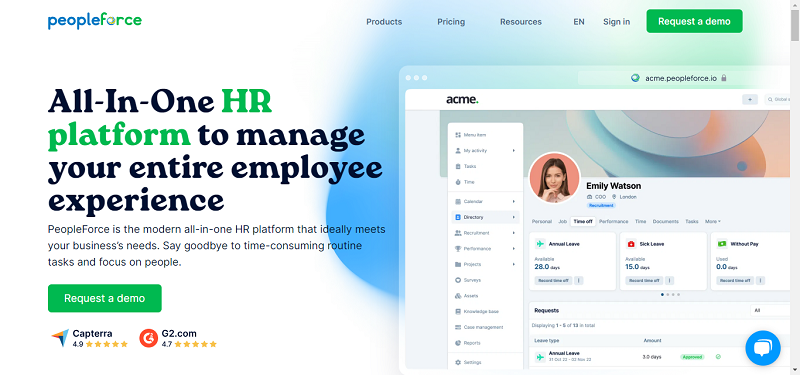The emergence of the Cloud and its three delivery models of Infrastructure as a Service (IaaS), Software as a Service (SaaS) and Platform as a Service (PaaS) has dramatically impacted and forever changed the delivery of IT services. Cloud services have pierced the veil of IT by challenging traditional method’s dominance and forcing internal IT departments to compete with alternative Cloud-based solutions. Business Unit Managers (BUM) and Lines of Business (LOB) have fueled the Shadow IT movement by directly purchasing IT solutions from Cloud providers without the approval, or even involvement, of their IT department—and this is only the beginning.
Moving forward, new cloud services will continue to evolve and further compete with internal IT departments for business. If your department isn’t ready for this change, be prepared to watch the migration of IT services to the cloud diminish the role of your IT operations.
In order for traditional IT to continue, remain viable and thrive in the organization it must transform into IT as a Service (ITaaS). What is ITaaS? Wikipedia defines it as “a competitive business model where an enterprise IT organization views the LOBs as having many options for IT services and the IT organization has to compete against those other options in order to be the provider to the needs of the LOBs. Options for providers other than the internal IT organization may include outsourcing companies and public cloud providers.”
Why ITaaS? Let’s review this in the next section.
In short, ITaaS can transform IT from a cost-center to a strategic part of the enterprise.
Adopting an ITaaS mentality will enable IT to adopt a business-centric approach with a focus on collaborating with the business units to understand their needs and requirements in order to become a strategic partner rather than a combative force to be avoided. This new relationship will enable IT to better understand and thereby deliver solutions that meet the needs of the LOBs.
Developing an ITaaS model also forces IT through the exercise of productizing its offering. In order to achieve this, IT needs to simplify and standardize, creating predictable, repeatable results thereby increasing their success rate while delivering a consistent user experience. Another result of standardization and simplification is increased operational efficiency leading to a lower cost needed to compete with the services delivered from external cloud providers.
By creating a more transparent pricing model IT will now be able to accurately chargeback the business units for their services. Business units will now be enabled to directly see their cost in comparison to consumption of IT resources. This allows them to compare internal versus external cost and rest assured they are getting the most for their spend.
By leveraging their newly optimized internal services with certain cloud services, in-house IT pros can build a hybrid offering that encompasses the best possible solution and cost for the business units. Not only will this cement IT’s strategic partnership with the business units, it demonstrates how IT is supplying the optimal solution—be it internal or external—and fosters the idea that the business units should involve IT in all projects. These strategic steps in turn reduce—or even eliminate—the Shadow IT movement, which in some cases can be destructive to a company.
Lastly, as demonstrated above, if IT combines its newly formed ITaaS model with other available cloud services the enterprise truly becomes agile and scalable with limitless potential previously unavailable. This is another proof point around why ITaaS helps IT departments becomes a strategic contributor to the enterprise.
The answer to this question should be answered by each enterprise. ITaaS can be a powerful and game-changing shift for the IT department, though the process is resource intensive and time consuming.
The argument can be made that the transformation into ITaaS is only justified for larger organizations that churn out more projects. That said, it’s important for every IT department to understand the benefits ITaaS delivers and try to incorporate them into their organization no matter the size. Smaller organizations can implement pieces of ITaaS in order to achieve standardization, lower cost and improved delivery.
The Cloud has reached a tipping point and is here to stay—and that is a good thing in many ways. It is driving down the cost of IT and delivering innovation.
As an IT pro, harness the power of the Cloud and use it to your advantage, but also learn from its benefits and build a version of ITaaS in your enterprise that fits the need of your organization. If you do this, I know you will not only succeed, but thrive. Never forget IT requires continuous improvement and Cloud providers are pushing the limits so you better keep up.
By Marc Malizia





